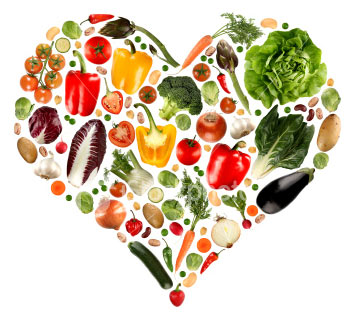According to a study published in the Journal of the American Dietetic Association, about 61.5% reported checking the nutrition facts panel when deciding to purchase food.
So what must you look for when trying to make a healthy purchase?
Always start with the serving size. Many make the mistake of focusing on the number of calories and paying little or no attention to the rest of the panel.
A serving size tells you how much of each listed nutrient you get in one serving. Keep in mind, a container may have more than one serving; therefore, the numbers may get doubled or tripled according to how many servings you have.
Ex: 6 servings per container at 160 calories per serving give 960 calories for the entire container.
Think about this the next time you snack on a family size bag of chips.
Another number that most people overlook is energy, or calorie, density per gram consumed. The following scale provides a breakdown of energy density levels. Very low energy density (< 0.6 Kcal/g), low E density (0.6 to 1.5 Kcal/g), medium E density (1.5 to 4 Kcal/g), and high E density (>4 Kcal/g) Aim to consume foods with very low and low energy density on daily basis and save the high energy density foods for special occasions. Medium energy density foods can be consumed a few times a week in moderation.
How do you get those numbers, you ask?
All you need to figure out the energy density is calories per serving and number of grams of one serving.
Ex: 160 calories per serving divided by 47 grams weight of one serving give 3.4 Kcal/g, a medium density food that you should eat in moderation.
The rest of the panel is straightforward. Limit fat intake to no more than 30% or 65 g, cholesterol intake to no more than 300 mg, and sodium intake to no more than 2300 mg per day. Carbs intake should be between 45-65% or 225-325 g and added sugar should not exceed 25% or 125 g. Get 25-30 grams of fiber each day and enough vitamins and minerals to meet your daily dietary reference intakes. The % Daily Value shows how a food fits into the overall daily diet. General rule to follow for the % Daily Value is 5% or less is low and 20% or more is high.
Now let's make better choices :)

